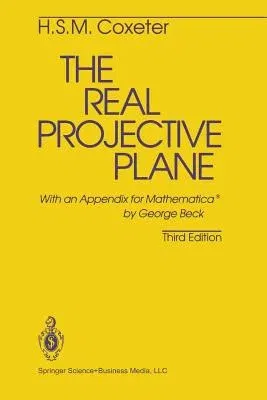H S M Coxeter
(Author)The Real Projective Plane (1993. Softcover Reprint of the Original 3rd 1993)Paperback - 1993. Softcover Reprint of the Original 3rd 1993, 8 August 2013

Qty
1
Turbo
Ships in 2 - 3 days
In Stock
Free Delivery
Cash on Delivery
15 Days
Free Returns
Secure Checkout
Print Length
222 pages
Language
English
Publisher
Springer
Date Published
8 Aug 2013
ISBN-10
1461392837
ISBN-13
9781461392835
Description
Product Details
Author:
Book Edition:
1993. Softcover Reprint of the Original 3rd 1993
Book Format:
Paperback
Country of Origin:
NL
Date Published:
8 August 2013
Dimensions:
23.39 x
15.6 x
1.3 cm
ISBN-10:
1461392837
ISBN-13:
9781461392835
Language:
English
Location:
New York, NY
Pages:
222
Publisher:
Weight:
340.19 gm

